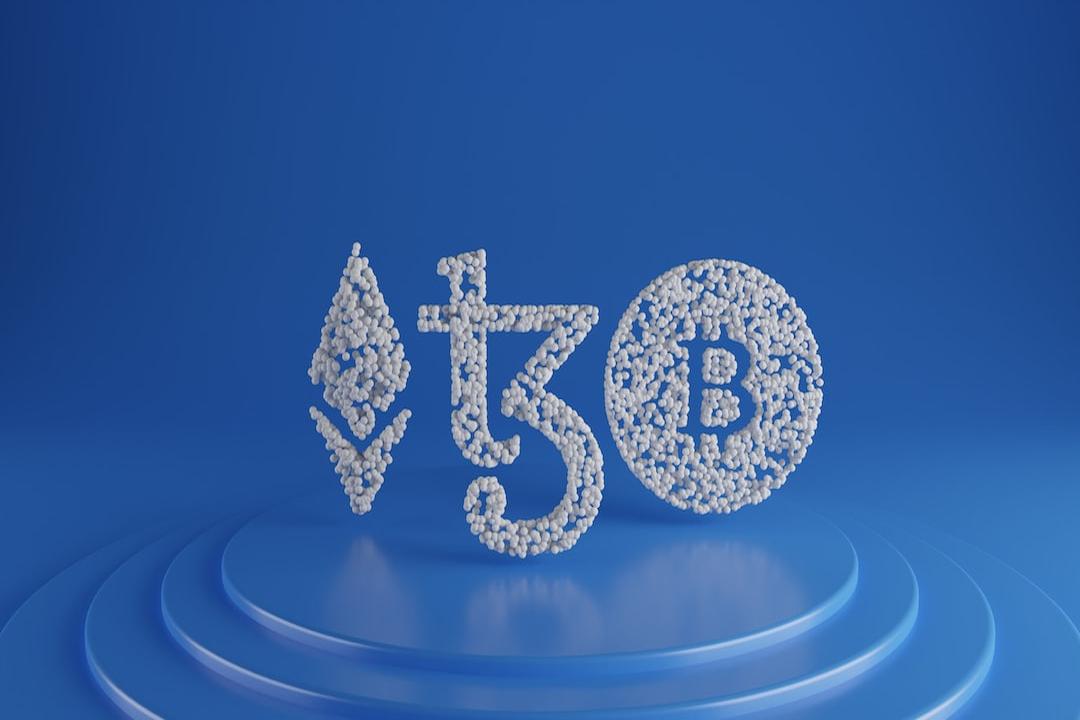Ethereum Unstaking Reaches Historic Highs! $3.2 Billion Awaiting Withdrawal, Is the Market Trend Shifting?
On August 14, the Ethereum (ETH) staking market experienced rare turbulence.
According to DeFi analyst Ignas, there are currently as many as 671,000 ETH (approximately $3.2 billion) queued for unstaking, setting a new all-time high for the network, with waiting times extending up to 12 days. This wave of unstaking has sparked significant market attention regarding leveraged liquidations, arbitrage strategies, and the potential launch of ETH staking ETFs.
ETH Unstaking Surge: Who is Retiring?
The current surge in the unstaking queue is closely related to multiple market changes. According to Ignas’ post, this wave may be linked to several key factors:
- Liquidation of leveraged positions
- Arbitrageurs cashing out profits
- Institutional positioning ahead of the upcoming ETH staking ETF
Among the ETH waiting to be unstaked, three major liquid staking platforms dominate:


- Lido: 285,000 ETH
- EtherFi: 134,000 ETH
- Coinbase: 113,000 ETH
Notably, the demand for stETH withdrawals from Lido has surged, with the queue reaching an all-time high, indicating that its liquidity is under pressure.
July Turmoil Sparks Chain Reaction
The catalyst for this unstaking wave can be traced back to July. During that time, prominent figure Justin Sun withdrew up to $600 million in ETH from the Aave lending platform, causing Aave’s borrowing annualized interest rates to spike temporarily. As rates soared, many common leveraged staking strategies (such as using stETH as collateral to borrow ETH for recycling) became unprofitable.
Although Aave’s rates have now fallen back to 2.65% and the market appears to have stabilized on the surface, many investors have opted to take profits or reduce risk exposure, leading to a continued rise in the number of unstaked assets.
stETH Decoupling Risk Reemerges? DeFi Ecosystem Sounds the Alarm
stETH previously experienced a decoupling from the ETH market price by as much as 0.3% in July, attracting arbitrageurs to exploit the price difference for unstaking arbitrage. Although the extent was not large, it rekindled collective memories of the 2022 crash.
According to RedStone’s Marcin, there are currently 278,000 wstETH (wrapped stETH) labeled as “high risk,” with a health factor between 1 and 1.1, meaning that if the price decouples again, it may trigger a cascading liquidation.
Fortunately, most lending platforms (such as Aave, Morpho, and Euler) have not adopted real-time market prices as liquidation benchmarks, maintaining the standard valuation of 1 stETH = 1 ETH, temporarily avoiding further entrapment of the DeFi system in a “death spiral.”
However, the leveraged circular positions of wstETH/ETH on Aave alone amount to as much as $4.74 billion, while the daily trading volume of stETH is only $230 million. If this leveraged structure is impacted, the consequences could be profound.
ETH Staking ETF Approaches, Institutional Funds Shift Towards Centralization?
In addition to arbitrage and liquidation pressures, the market is also highly attentive to the possibility that institutional investors are positioning themselves ahead of the upcoming ETH staking ETF. According to reports, the world’s largest asset management company, BlackRock, has filed an application with the SEC to incorporate staking features into its ETHA ETF as of July 2025.
Analyst DukeD pointed out on X that most institutions prefer to choose centralized custody platforms like Coinbase or engage in offline staking, as this aligns better with regulatory oversight and is easier to audit and report.
This will pose substantial competitive pressure on decentralized staking platforms like Lido. Currently, Lido holds a market share of approximately 28%, and if the ETF adopts self-built or centralized solutions, its market share and influence may be diluted.
The Market Remains Resilient, but Systematic Risks Must Be Heeded
Despite the short-term market turbulence, a report from Galaxy Digital indicates that ETH treasury revenues and ETF fund inflows are gradually absorbing selling pressure. Once the unstaking queue is cleared, waiting times are expected to return to normal levels.
Ignas calls for the community to avoid unnecessary panic (FUD) and focus on the underlying logic of capital flows and changes in leveraged positioning. He emphasizes that the changes in the unstaking queue are an important indicator of the overall stability of the Ethereum ecosystem.
The Next Chapter for Ethereum is Determined by ETFs, Leverage, and Decentralized Dynamics
This wave of unstaking, whether driven by arbitrage, leveraged liquidations, or institutional positioning for ETFs, reflects that the Ethereum staking ecosystem is at a critical turning point. The future struggle between decentralized staking platforms and traditional finance will determine the market’s direction. While Ethereum continues to exhibit high resilience, the historical high levels of unstaking data and underlying leverage risks present significant challenges to its stability and security.
Risk Warning
Investment in cryptocurrencies carries a high level of risk, and prices may be highly volatile; you may lose all of your principal. Please assess risks carefully.
